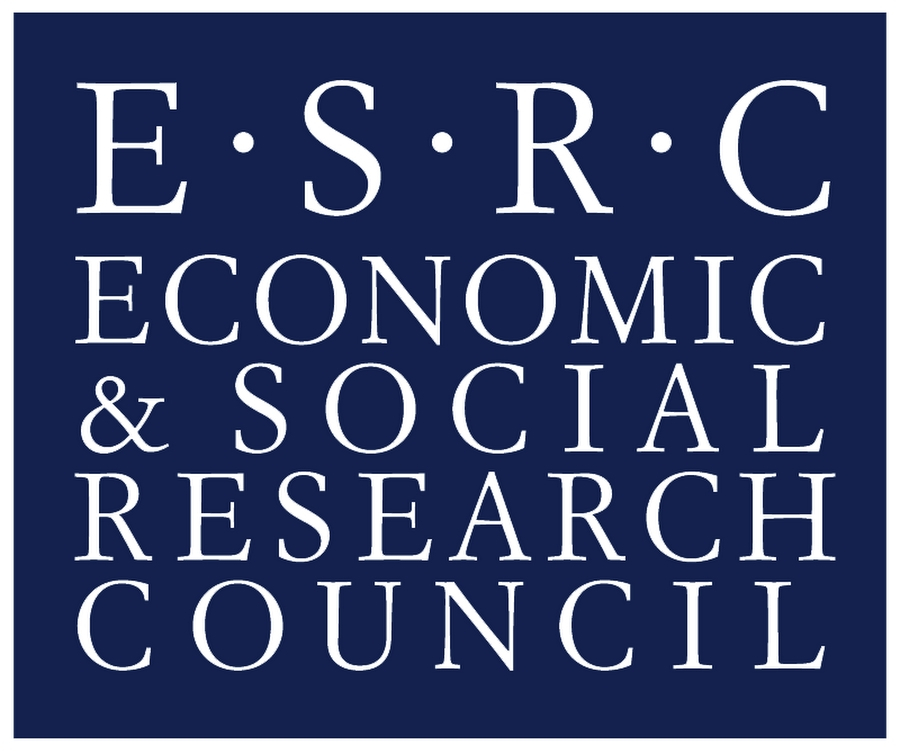
In recent years, Brazil has been hitting the headlines with a joint economic and political crisis of historic proportions. It included corruption scandals, presidential impeachment, fiscal and labour market problems, and considerable negative GDP growth. But what does the bigger, long-term picture of Brazil’s modern economic history look like?
In a GPID Country Note, Sergio Firpo and Renan Pieri examine several decades of structural change, productivity growth and economic inequality in Latin America’s largest economy. The authors show that, until recently, Brazil has generally seen increases in inequality going in lockstep with structural change and economic growth. Following a period of rapid transformation and diversification following the 1950s, the country has faced stagnant labour productivity since the 1970s despite improvements in education.
A recent and unprecedented fall in economic inequality marks a break with the hitherto familiar pattern of inequality-increasing structural change. In the public mind, Brazil is synonymous with economic inequality just like Scandinavia is considered the poster child of egalitarianism. Yet, Firpo and Pieri show that the trend of rising inequality in Brazil, in fact, stopped in the 1990s and has since continued to revert. For a quarter of a century, Brazil has now had declining income inequality.
Can Bolsa Família, the world-famous cash transfer program rolled out by the Lula government, take the credit? Firpo and Pieri concede that social policies did play a role, but they argue that the bulk was due to an increasing equalisation of labour incomes.
The new GPID Brief provides a succinct overview of the dynamics of long-term inequality, productivity, and employment in one of the world’s most turbulent emerging economies.
Related readings:
| GPID Country Note 3 | Sergio Firpo and Renan Pieri | Structural Change and Wage Inequality: the Brazilian Case |

